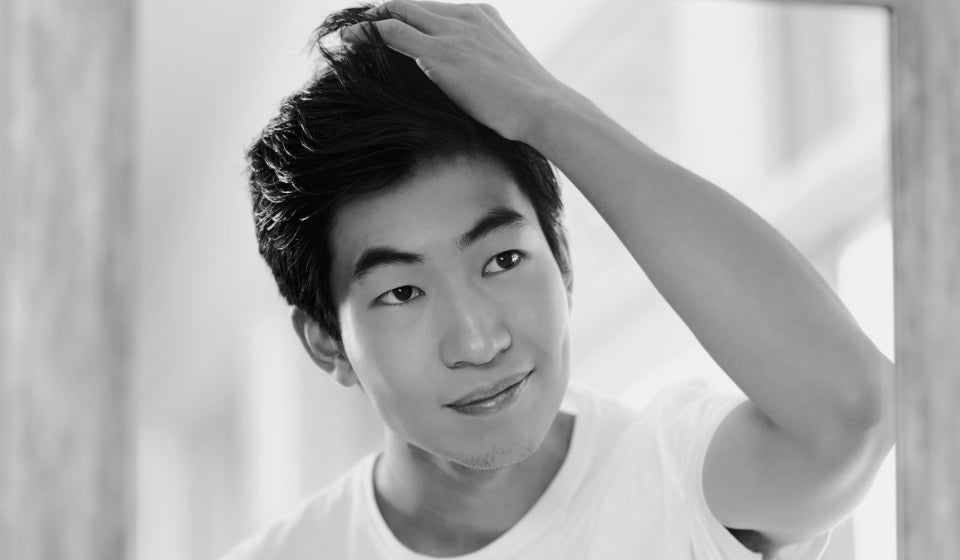At first glance, it sounds like a contradiction: How can laser treatments be used to both remove and regrow hair? While it might seem counterintuitive, the answer lies in the type of laser technology, its intensity, and the biological target it’s designed to affect.
Let’s unpack the science so you can feel confident exploring the right solution for your hair and scalp goals.
Laser Hair Removal: High-Intensity for Lasting Reduction
Laser hair removal is a popular aesthetic treatment designed to reduce or eliminate unwanted body hair. It works by emitting high-powered laser energy, which is absorbed by melanin (pigment) in the hair shaft. This energy converts into heat, which damages the hair follicle and inhibits future growth.
Common treatment areas include the legs, underarms, upper lip, and bikini line.
Key Characteristics:
- Laser Type: High-intensity (typically 755–1064 nm wavelength)
- Target: Melanin in the hair shaft
- Mechanism: Heat destroys the follicle
- Sensation: Warm or sharp — often likened to a snapping rubber band
- Outcome: Semi-permanent hair reduction
Laser Hair Growth: Low-Level for Follicle Revitalization
In contrast, Low-Level Laser Therapy (LLLT) is a medical-grade technique used to stimulate hair follicles and support regrowth, especially in cases of genetic or age-related thinning. Unlike hair removal lasers, LLLT uses low-power, non-thermal light to energize scalp cells.
This gentle, therapeutic light is absorbed by the mitochondria in follicle cells, enhancing blood flow and promoting healthier hair cycles — especially by extending the growth (anagen) phase.
Key Characteristics:
- Laser Type: Low-level, "cold" lasers (commonly 630–680 nm)
- Target: Mitochondria in scalp follicles
- Mechanism: Photobiomodulation boosts cellular energy and circulation
- Sensation: Painless and non-invasive
- Outcome: Thicker, healthier hair over time
So… Is Laser Technology Good or Bad for Hair?
It all depends on how it’s used.
Think of laser technology as a tool — like a scalpel or a flame. In the right hands, at the right dose, it can achieve opposite outcomes. Whether it removes or restores hair comes down to:
- The laser’s wavelength
- Its energy intensity
- And the target tissue involved
Why This Matters for You
Many people hesitate to try LLLT for hair regrowth because they assume it might damage hair, much like laser hair removal. But the truth is quite the opposite: LLLT is FDA-cleared, drug-free, and scientifically designed to revitalize—not harm—your follicles.
So if you’re dealing with thinning, receding, or shedding, don’t worry—laser therapy can help when it’s built for growth.
Still unsure which laser treatment is right for you? Speak to your dermatologist. And if you’re looking for non-invasive, clinically backed solutions to complement LLLT, browse our curated hair regrowth products here.



Leave a comment